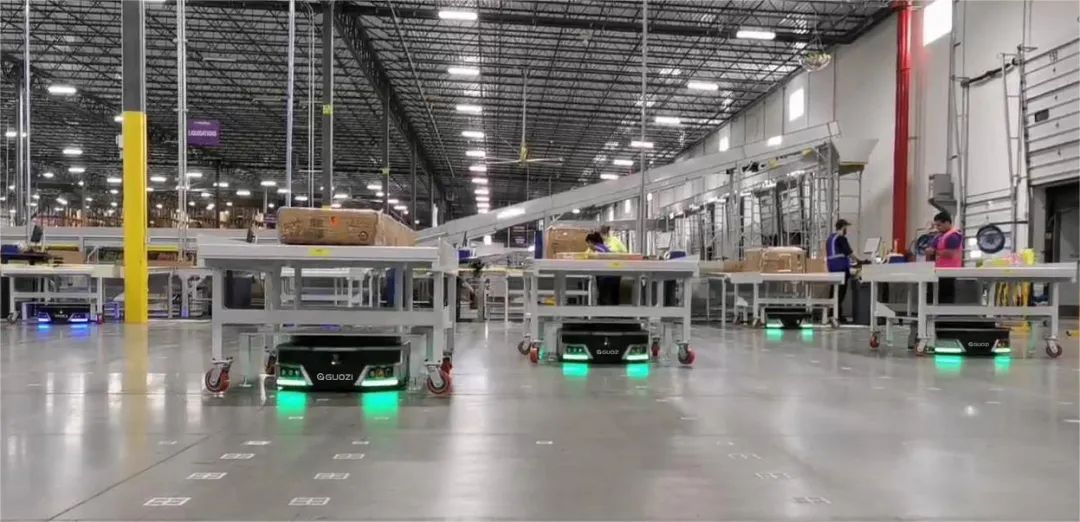With the rapid advancement of technology, the robotics industry in China has received extensive attention and undergone rapid development. Among various application scenarios, the demand for robots in the logistics and warehousing sector is particularly prominent. The Multi-Picking Strategy, as an efficient method of warehouse management, is gradually becoming a research focus in the robotics industry. This article will introduce in detail the concept of the Multi-Picking Strategy, its application in the robotics industry, and its development trends.
I. Overview of Multi-Picking Strategy
1. Definition:
The Multi-Picking Strategy refers to a method in warehouse management where picking tasks are arranged in a reasonable manner to simultaneously pick multiple orders, thereby improving the efficiency of warehouse operations.
2. Classification:
Based on different picking methods, the Multi-Picking Strategy can be categorized as follows:
(1) Batch Picking: Combining multiple orders into a single batch to complete the picking process in one go.
(2) Zone Picking: Dividing the warehouse into several areas, with the same picker or robot handling orders within the same area.
(3) Wave Picking: Segregating picking tasks into several waves based on order demand, completing them in sequence.
II. Application of Multi-Picking Strategy in the Robotics Industry
1. Automated Picking Robots:
In recent years, automated picking robots have been widely used. By integrating the Multi-Picking Strategy, robots can achieve the following functions:
(1) Route Planning: Planning the optimal picking route for robots based on order demand and warehouse layout.
(2) Task Allocation: Distributing multiple orders to different robots for collaborative operations.
(3) Real-time Scheduling: Dynamically adjusting picking tasks based on order progress and robot status.
2. Intelligent Warehouse Management System:
An Intelligent Warehouse Management System (WMS) combined with the Multi-Picking Strategy offers the following advantages:
(1) Improved Picking Efficiency: Optimizing picking tasks to reduce walking distances and repetitive work.
(2) Reduced Error Rate: The system automatically verifies order information to ensure picking accuracy.
(3) Enhanced Management Level: Real-time monitoring of warehouse operations provides a basis for management decision-making.
III. Development Trends of Multi-Picking Strategy in the Robotics Industry
1. Personalized Customization:
As market demands evolve, the Multi-Picking Strategy will place greater emphasis on personalized customization. Companies can adjust strategy parameters based on their business characteristics to achieve optimal warehouse management.
2. Integration of Artificial Intelligence Technology:
In the future, the Multi-Picking Strategy will deeply integrate with artificial intelligence technology to achieve the following goals:
(1) Intelligent Forecasting: Predicting order demand based on historical data to arrange picking tasks in advance.
(2) Self-Learning: Robots continuously optimize picking strategies through self-learning.
(3) Human-Robot Collaboration: Achieving efficient collaborative operations between humans and robots to improve overall operational efficiency.
3. Cloud Computing and Big Data Applications:
Utilizing cloud computing and big data technologies, the Multi-Picking Strategy can realize the following functions:
(1) Data Sharing: Enabling information sharing within and outside the warehouse to improve supply chain collaboration efficiency.
(2) Remote Monitoring: Real-time monitoring of warehouse operations for off-site management.
(3) Data Analysis: Mining potential patterns to provide strong support for decision-making.
The application of the Multi-Picking Strategy in the robotics industry is of great significance, contributing to improved efficiency and reduced costs in warehouse operations. With the continuous advancement of technology, the Multi-Picking Strategy will be further refined, injecting new vitality into the development of China's robotics industry. Companies should seize the opportunity to actively adopt the Multi-Picking Strategy to enhance their competitiveness.








